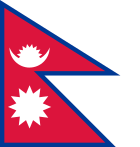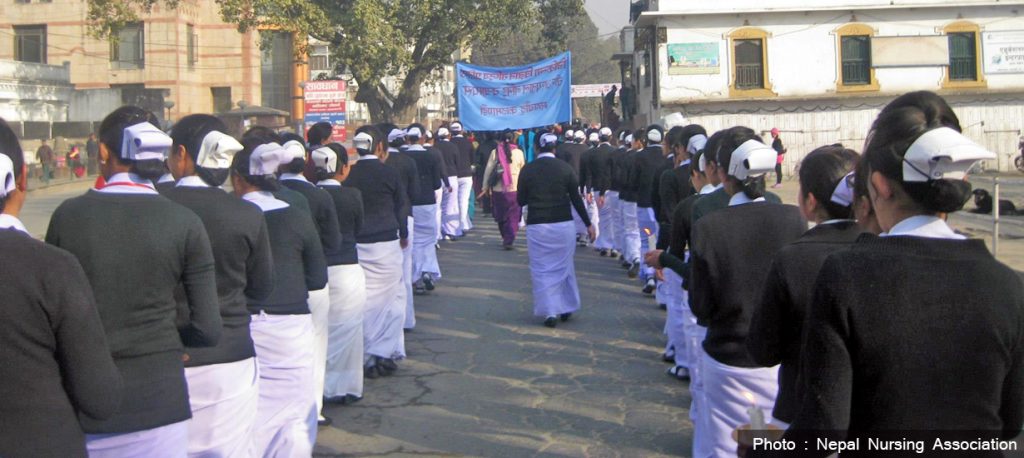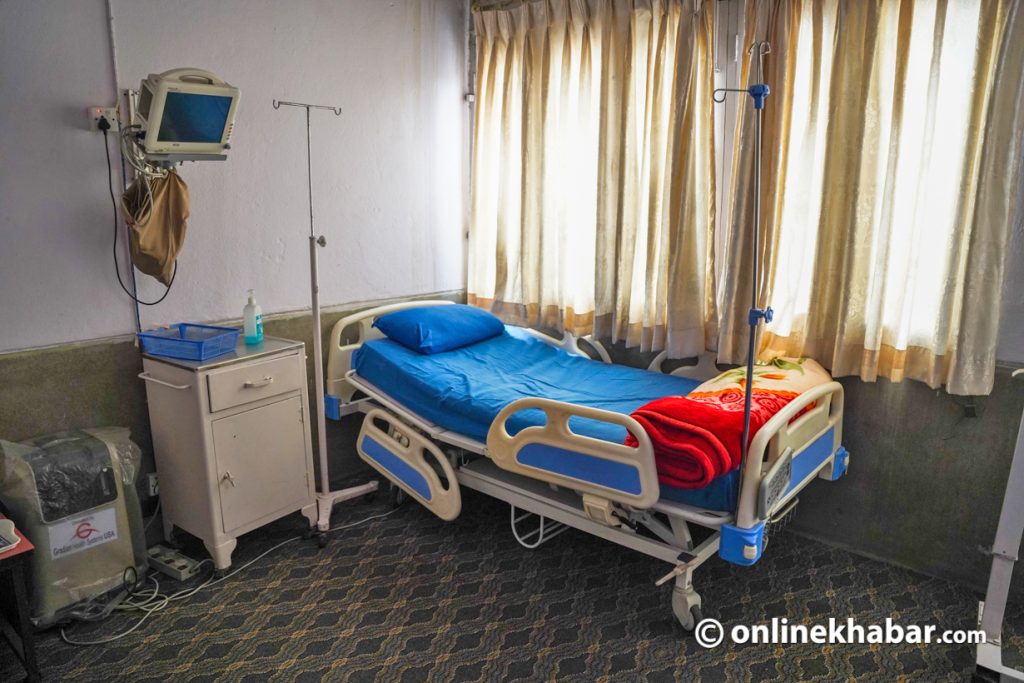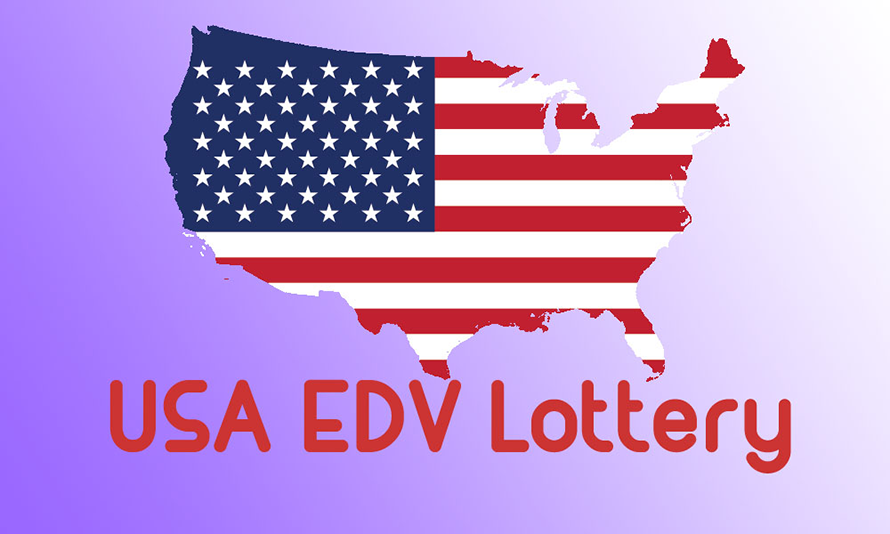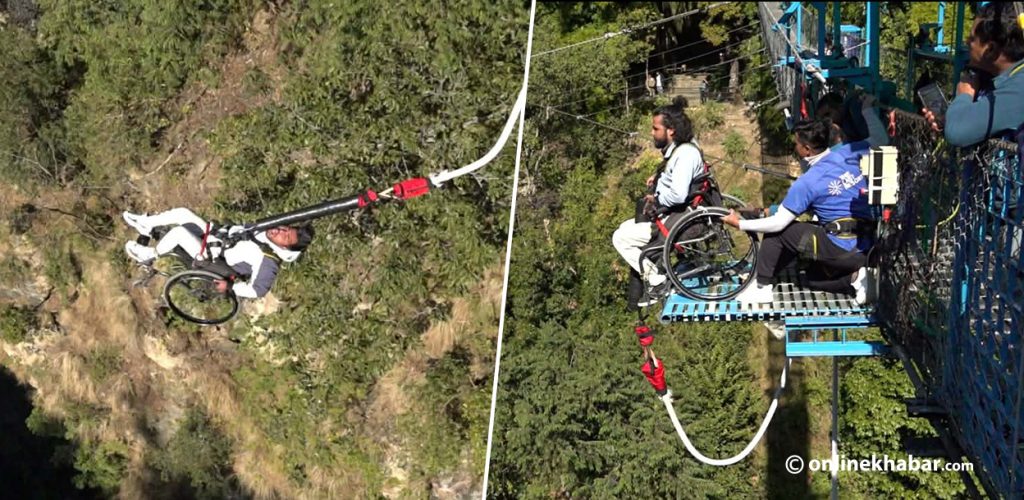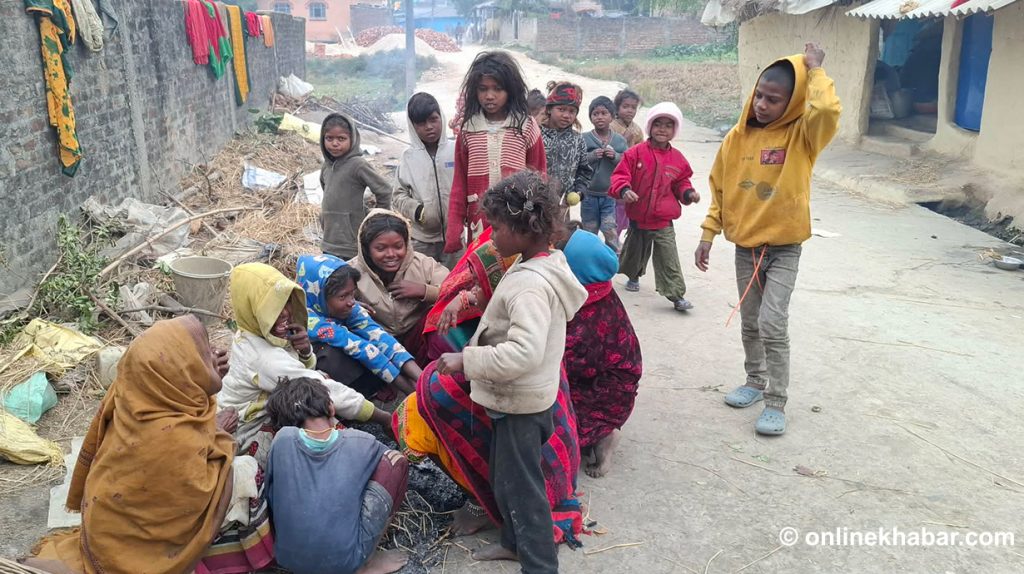
The United States is facing a critical and ongoing nursing shortage, with projections indicating the need for over a million new nurses by 2030. Nepal, on the other hand, produces thousands of qualified nurses annually. However, many of these professionals seek employment abroad due to limited domestic opportunities. Despite a high demand for international nurses in the US, Nepali nurses face significant integration barriers, including credentialing requirements, cultural differences, and visa limitations.
It is time to explore these challenges and proposes policy reforms, educational partnerships, and diaspora-led initiatives to facilitate the ethical integration of Nepali nurses into the US workforce, benefiting both countries’ healthcare systems.
Nursing shortages are straining healthcare systems globally, and the United States is no exception. Driven by an aging population, nurse burnout from the COVID-19 pandemic, and a rising need for long-term care, the US is seeing an alarming gap in its healthcare workforce.
Meanwhile, Nepal faces a different crisis: surplus nursing graduates and limited domestic employment opportunities. While international nurse migration is often viewed critically, the World Health Organization emphasises that when managed ethically, it can address global health disparities. So what are the potential of Nepali nurses to alleviate the US nursing shortage and the systemic barriers they face in doing so?
The nursing surplus in Nepal

Nepal graduates over 5,000 nurses annually, but fewer than 30% find employment in public hospitals. Salaries in Nepal average $200 per month—dramatically lower than US wages—pushing nurses to migrate.
Remittances from health professionals have become vital to Nepal’s economy, yet the domestic system suffers from the resulting brain drain. Nevertheless, this surplus presents an opportunity if ethical international recruitment channels are established.
Integration challenges in the United States
Foreign-trained nurses, including those from Nepal, must navigate complex licensure exams such as the NCLEX-RN, often with inadequate preparation resources. The Commission on Graduates of Foreign Nursing Schools (CGFNS) requires verification of credentials, proof of English proficiency, and compliance with state-specific licensing rules, creating barriers that delay or prevent employment. Even when licensed, Nepali nurses often face language bias, professional underemployment, and visa issues that limit their integration.
Counterarguments and ethical considerations
Critics argue that recruiting nurses from countries like Nepal worsens their local healthcare access, particularly in rural areas. The WHO recommends against depleting health workers from nations facing critical shortages.
However, if managed through bilateral agreements, training exchanges, and return incentives, migration can be mutually beneficial. Diaspora involvement can also help sustain Nepal’s health system while enabling individual career advancement.
Recommendations
To enable smoother integration, the US and Nepal should implement bilateral agreements to streamline credential recognition. Nepal should invest in more NCLEX preparation centers, while US institutions could offer hybrid coaching programs.
Expanding visa access and supporting mentorship via organisations like the Nepal Nurses Association of America could further reduce barriers. State-level regulatory bodies must also align their standards to accommodate competent international nurses fairly.
Conclusion
The simultaneous nursing surplus in Nepal and shortage in the United States present a unique opportunity for cooperative resolution. By removing bureaucratic and social barriers, both countries can benefit from a strengthened healthcare workforce.
Ethical, policy-driven recruitment strategies that respect the rights and aspirations of Nepali nurses can serve as a model for future global health workforce collaborations.

